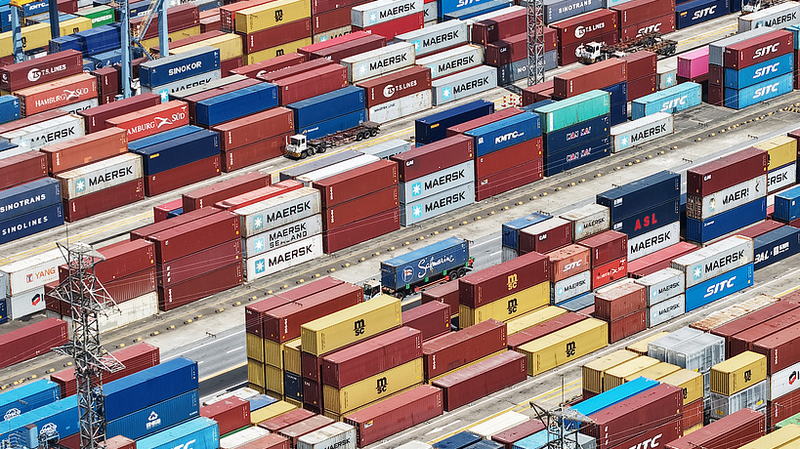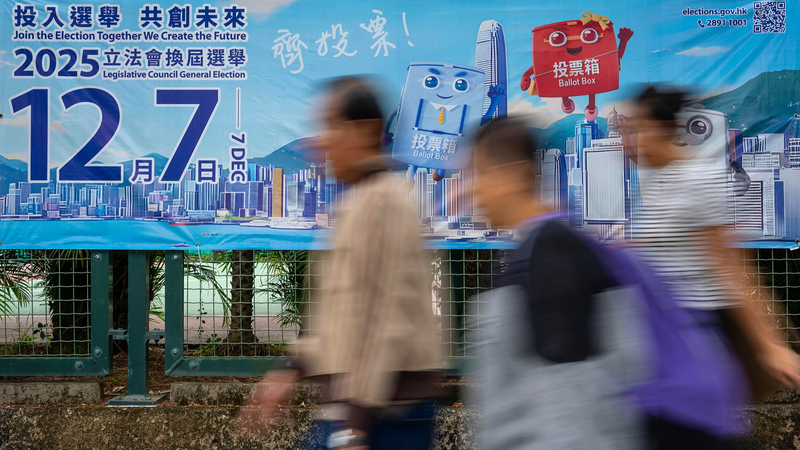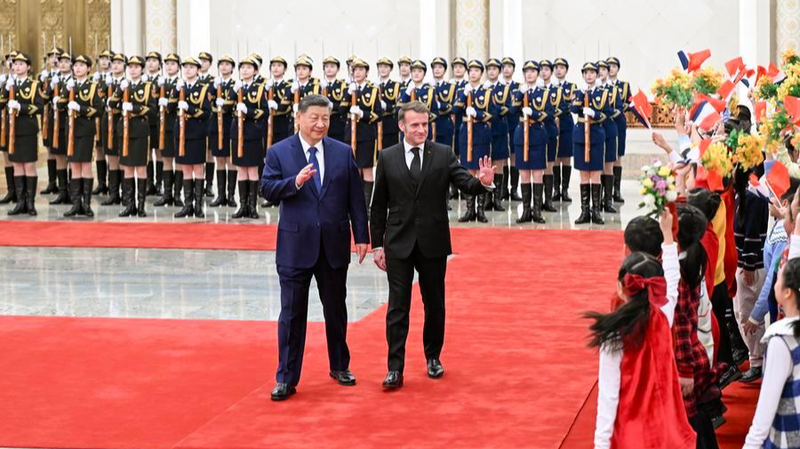In today’s fast-paced global economy, trade tensions are making headlines and businesses are adapting fast. Data shows that the global economic and trade friction index hit 106 in February 2025, reflecting a challenging environment as the U.S. continues its “America First” policies with punitive tariffs and sweeping sanctions. 😮
But here’s the silver lining: the Chinese Council for the Promotion of International Trade (CCPIT) is stepping in with a dynamic mix of policies to help stabilize foreign trade. Companies are diversifying their markets by exploring new opportunities across regions like the Belt and Road Initiative, ASEAN, and Africa, rather than relying solely on traditional markets in the U.S. and Europe.
Platform innovators such as Pinduoduo and cross-border e-commerce enterprises are playing key roles. Leveraging big data, they’re introducing services like drop shipping and overseas warehouses to reduce transaction costs and streamline trade. This strategy not only helps businesses cope with rising tariffs but also strengthens domestic demand by promoting high-quality local products to consumers. 🚀
For young professionals and tech-savvy entrepreneurs, these shifts are more than just industry updates—they’re a call to innovate and seize new growth opportunities in a diverse and ever-changing trade landscape. With agility and creative thinking, the future of global trade looks promising!
Reference(s):
Stabilizing foreign trade and growing domestic demand against tariffs
cgtn.com




